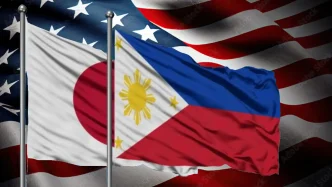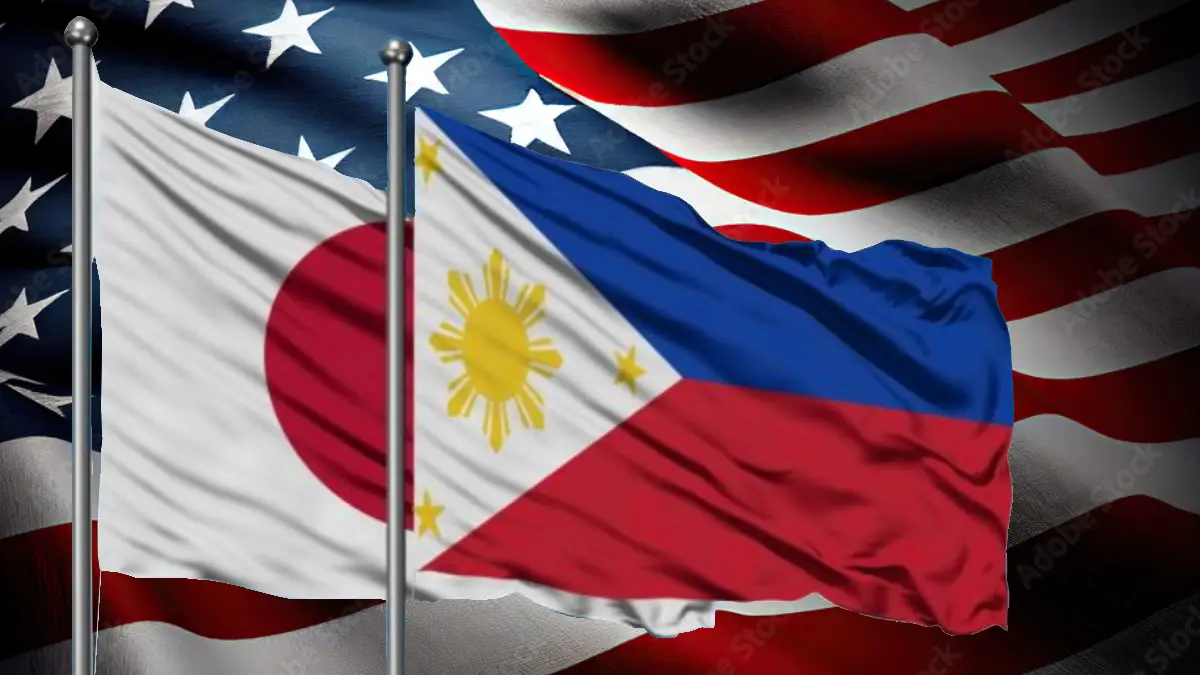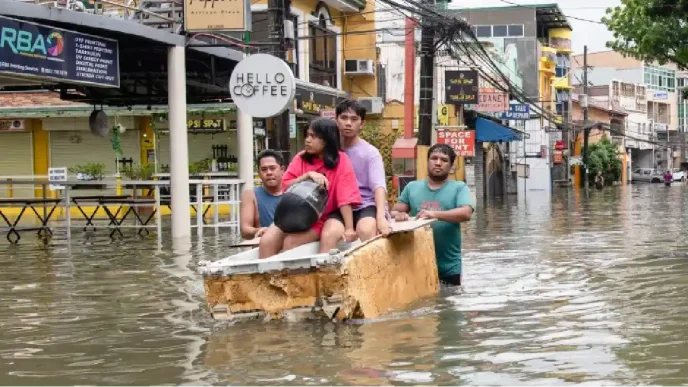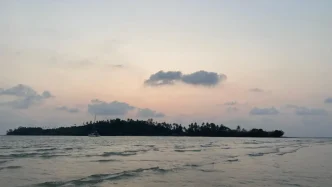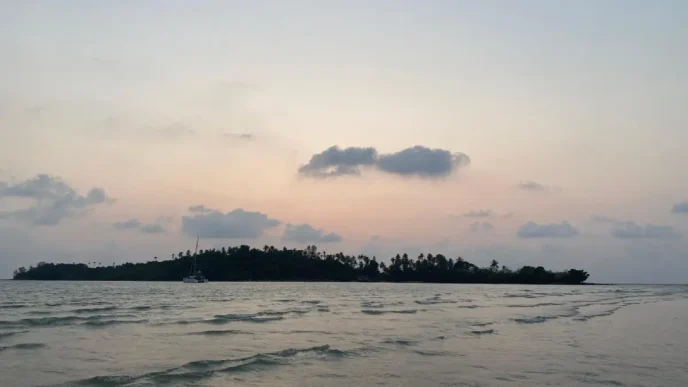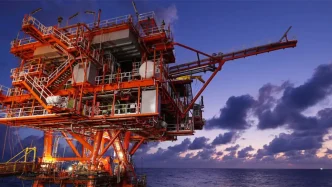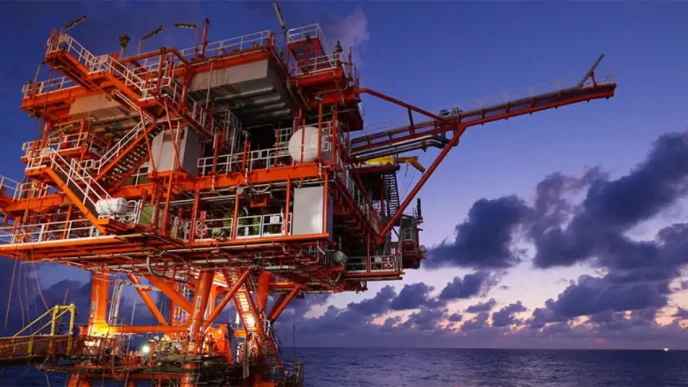In a display of growing unity, Japan, the United States, and the Philippines are intensifying their security cooperation to safeguard peace and stability in the Indo-Pacific region. Amid rising tensions in the East and South China Seas, this trilateral partnership has evolved through high-level diplomatic engagements, joint maritime exercises, and defense equipment collaborations. As concerns mount over attempts to alter the regional status quo by force, the alliance is positioning itself as a critical counterbalance in one of the world’s most contested geopolitical arenas.
Diplomatic Alignment Against Regional Challenges
On July 10, 2025, the foreign ministers of Japan, the United States, and the Philippines convened in Malaysia during a series of Asean-related meetings. Japanese Foreign Minister Takeshi Iwaya, US Secretary of State Marco Rubio, and Philippine Foreign Minister Maria Theresa Lazaro used the platform to voice shared concerns over maritime disputes in the East and South China Seas. The ministers reiterated their opposition to unilateral actions that undermine the rule of law and freedom of navigation, a thinly veiled reference to ongoing frictions with China in the region.
During the meeting, Foreign Minister Lazaro proposed a trilateral maritime dialogue before the end of 2025, an initiative welcomed by her Japanese and American counterparts. This proposal signals a commitment to institutionalize discussions on maritime security, reflecting the urgency of coordinated responses to regional challenges. The ministers’ joint stance builds on the momentum of earlier summits, such as the Japan-US-Philippines Summit held in the United States in April 2024, which brought together leaders to address similar concerns.
The diplomatic alignment underscores a broader strategy to uphold international norms in a region where overlapping territorial claims have fueled tensions. For the Philippines, which faces frequent encounters with the China Coast Guard in the South China Sea, this partnership offers not just political backing but also practical support to bolster its maritime capabilities.
Maritime Exercises: Building Operational Synergy
A tangible demonstration of this cooperation unfolded in June 2025, when the Japan Coast Guard, the US Coast Guard, and the Philippine Coast Guard conducted a joint search and rescue exercise in Kagoshima Bay, Japan. The exercise involved the Philippine Coast Guard ship BRP Teresa Magbanua—a vessel provided by Japan to the Philippines in 2022—alongside the US Coast Guard’s Cutter Stratton and Japan’s Asanagi. The drill simulated the rescue of a man from the sea, showcasing the interoperability of the three forces in responding to maritime emergencies.
This exercise is more than a symbolic gesture; it aims to enhance information sharing and on-site coordination among the agencies. For the Philippine Coast Guard, which often faces interference from the China Coast Guard in disputed waters, such training is vital to improving its response capabilities. The strengthened skills and coordination are expected to contribute to a collective deterrent against actions that challenge the status quo in both the South and East China Seas.
The Kagoshima exercise is part of a broader pattern of military collaboration. Security ties have deepened through Japan’s increasing involvement in joint training exercises with the US and the Philippines. In April 2025, the Japan Self-Defense Forces participated in the annual Balikatan exercise for the first time, deploying a destroyer for active training alongside US and Philippine forces. Similarly, in May 2025, the Japan Ground Self-Defense Force joined the Kamandag exercise, engaging in disaster relief training with the US Marine Corps, the Philippine Marine Corps, and South Korean forces. These engagements highlight a shift from mere observation to active participation, marking a significant evolution in Japan’s role within the trilateral framework.
Defense Equipment and Capacity Building
Beyond exercises, bilateral cooperation between Japan and the Philippines is advancing through defense equipment transfers and technology partnerships. In 2023, Japan exported air surveillance radar systems to the Philippines, enhancing the latter’s ability to monitor its maritime domain. During a visit in February 2025, Japanese Defense Minister Gen Nakatani and Philippine Defense Secretary Gilberto Teodoro agreed to establish a high-level consultative framework for long-term defense equipment and technology cooperation, laying the groundwork for sustained collaboration.
A potential milestone in this partnership emerged in July 2025, when the Philippine Navy announced plans to send experts to Japan to explore the acquisition of Abukuma-class destroyer escorts, which are set to be retired by the Japan Maritime Self-Defense Force. If realized, this transfer would significantly boost the operational capacity of the Philippine Navy, which currently operates only two frigates. Enhanced naval capabilities would not only strengthen the Philippines’ maritime presence but also facilitate smoother joint operations with the US Navy and the Japan Maritime Self-Defense Force.
The strategic implications of such a transfer are considerable. As Japan replaces its retired Abukuma-class escorts with newer vessels, the total number of warships operated by the three countries could increase, amplifying their collective maritime strength. This development would likely improve joint operational capabilities, further cementing the trilateral alliance as a key pillar of Indo-Pacific security.
Navigating Regional Tensions
The deepening cooperation between Japan, the United States, and the Philippines is unfolding against a backdrop of persistent regional tensions, particularly in the South China Sea, where territorial disputes involving China, the Philippines, and other claimants remain unresolved. The trilateral partnership’s emphasis on upholding the rule of law and freedom of navigation serves as a counterweight to actions perceived as coercive, though it also risks escalating tensions if misinterpreted as provocation.
For the Philippines, the stakes are especially high. Its coast guard and naval forces frequently encounter challenges in asserting control over disputed areas, making external support crucial. The provision of vessels like the BRP Teresa Magbanua and potential future transfers of destroyers from Japan are not just material aid but also symbols of a shared commitment to regional stability. However, Manila must balance this alignment with the need to manage its relations with Beijing, a significant economic partner.
Japan, too, faces a delicate balancing act. While its security policies have historically been constrained by a pacifist constitution, recent years have seen a gradual shift toward greater military engagement, driven by concerns over China’s assertiveness in the East China Sea. Participation in exercises like Balikatan and Kamandag, alongside equipment exports, reflects Tokyo’s growing willingness to play a more active role in regional security—albeit within the framework of alliances like the one with the US and the Philippines.
The United States, as the linchpin of this trilateral arrangement, benefits from a strengthened network of allies to counterbalance China’s influence. Yet, Washington must navigate the risk of over-militarizing the region, which could undermine diplomatic efforts to resolve disputes peacefully. The trilateral partnership, while a powerful deterrent, must be complemented by dialogue and engagement with other regional actors to avoid entrenching divisions.
A Forward-Looking Alliance
As Japan, the United States, and the Philippines forge ahead with their security cooperation, the implications for the Indo-Pacific region are profound. Their joint exercises, diplomatic engagements, and defense collaborations signal a collective resolve to uphold a rules-based order amid complex geopolitical currents. Yet, the path forward is fraught with challenges, from managing regional sensitivities to ensuring that military cooperation does not overshadow diplomatic solutions.
The proposed maritime dialogue by the end of 2025 could serve as a critical platform to address these challenges, fostering not just coordination among the three nations but potentially paving the way for broader regional engagement. As tensions persist in the East and South China Seas, the question remains: can this trilateral alliance evolve into a stabilizing force without exacerbating the very conflicts it seeks to prevent?

